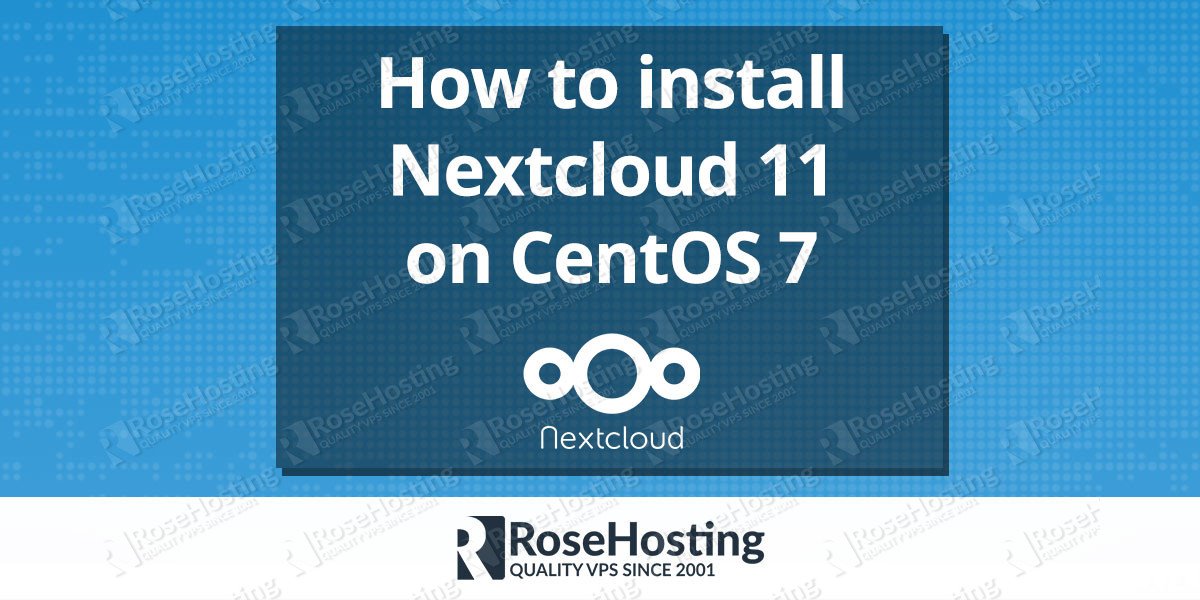How To Install Notepad In Centos 7
Read the information provided on the window that appears and click the 'Next' button. Thoroughly and carefully read through the license agreement. Click on either the 'I Accept' or 'Cancel' button according to your compliance with the license agreement. Select your desired path where you want to install Notepad++. Of course you don’t have to list all installed packages with yum on CentOS 7, if you use one of our Managed CentOS VPS hosting plans in which case you can simply ask our expert Linux admins to list all installed packages with yum, for you. They are available 24×7 and will take care of your request immediately. Dec 14, 2018 - Notepad-Plus-Plus is a free source code editor. Galliumos 2.1.
Related Articles
- 1 Play a Sony MTS File
- 2 Converting a TIFF to a PNG With a Mac
- 3 Edit a DAT File
- 4 Open a WFC File
CentOS is a free version of the Red Hat Enterprise Linux operating system. It is built from the same source code as Red Hat and is designed to be used in a business environment. Unlike Red Hat, it does not require a license agreement to deploy or use. Most of the Linux configuration files are plain text and can be edited with either the Gedit graphical editor in GNOME or the Vi command line text editor, depending on your preference.
Graphical User Interface
1.
Double-click on the 'Home' folder on the desktop and navigate to the file you want to edit.
2.
Double-click on the file icon to open the file in the Gedit text editor.
3.
Edit the document using the mouse to navigate through the text and the keyboard to make changes.

4.
Save your changes by pressing the 'Ctrl-S' keys simultaneously or choose the 'Save' option under the 'File' menu.
5.
Close the file by clicking on the 'X' button or by choosing the 'Close' option under the 'File' menu.
Command Line
1.
Right-click on the desktop and choose the 'Open in Terminal' option from the menu that appears.
2.
Type the cd command at the command prompt, followed by the name of directory that contains the text file:
cd directory_name
3.
Type the vi command followed by the name of the file to open the file in Vi:
vi file_name.txt
4.
Use the keyboard to navigate through the file. Press 'j' to move the cursor down, 'k' to move the cursor up, 'h' to move the cursor left and 'l' to move the cursor right.
5.

Press the 'i' key to insert text into the file.
6.
How To Install Notepad And Download
Press the 'Esc' key to return to normal mode to continue navigating through the file.
7.
Type ':wq' on the keyboard to save and close the file.
Tip
- Type ':help' while in the Vi text editor to view all of the commands available.
References (2)
About the Author
Kristen Waters has been writing for the computer industry since 2004. She has written training materials for both large and small computer companies as well as how-to and informative articles for many online publications. She holds Bachelor of Science degrees from both York College of Pennsylvania and the University of Maryland.
Photo Credits
- Hemera Technologies/AbleStock.com/Getty Images
Choose Citation Style
How To Install Notepad On Windows
The CentOS 7 official software repositories have PHP 5.4 which has reached the end of life and no longer actively maintained by the developers.
To keep up with the latest features and security updates, you need a newer (probably the latest) version of PHP on your CentOS 7 system.
For the purpose of this guide, we will be operating the system as root, if that is not the case for you, make use of the sudo command to acquire root privileges.

Installing PHP 7 on CentOS 7
1. To install PHP 7, you have to install and enable EPEL and Remi repository on your CentOS 7 system with the commands below.
2. Next, you need to install yum-utils, a collection of useful programs for managing yum repositories and packages. It has tools that basically extend yum’s default features.
It can be used for managing (enabling or disabling) yum repositories as well as packages without any manual configuration and so much more.
3. One of the programs provided by yum-utils is yum-config-manager, which you can use to enable Remi repository as the default repository for installing different PHP versions as shown.
If you want to install PHP 7.1, PHP 7.2 or PHP 7.3 on CentOS 7, just enable it as shown. 7 deadly sins android.
4. Now install PHP 7 with all necessary modules with the command below.
Afterwards, double check the installed version of PHP on your system.
Lastly, below is a list of useful PHP articles that you can read for additional information:
In this article, we have explained how to install PHP 7 on CentOS 7 Linux. You can send us any questions or additional thoughts via the feedback form below.